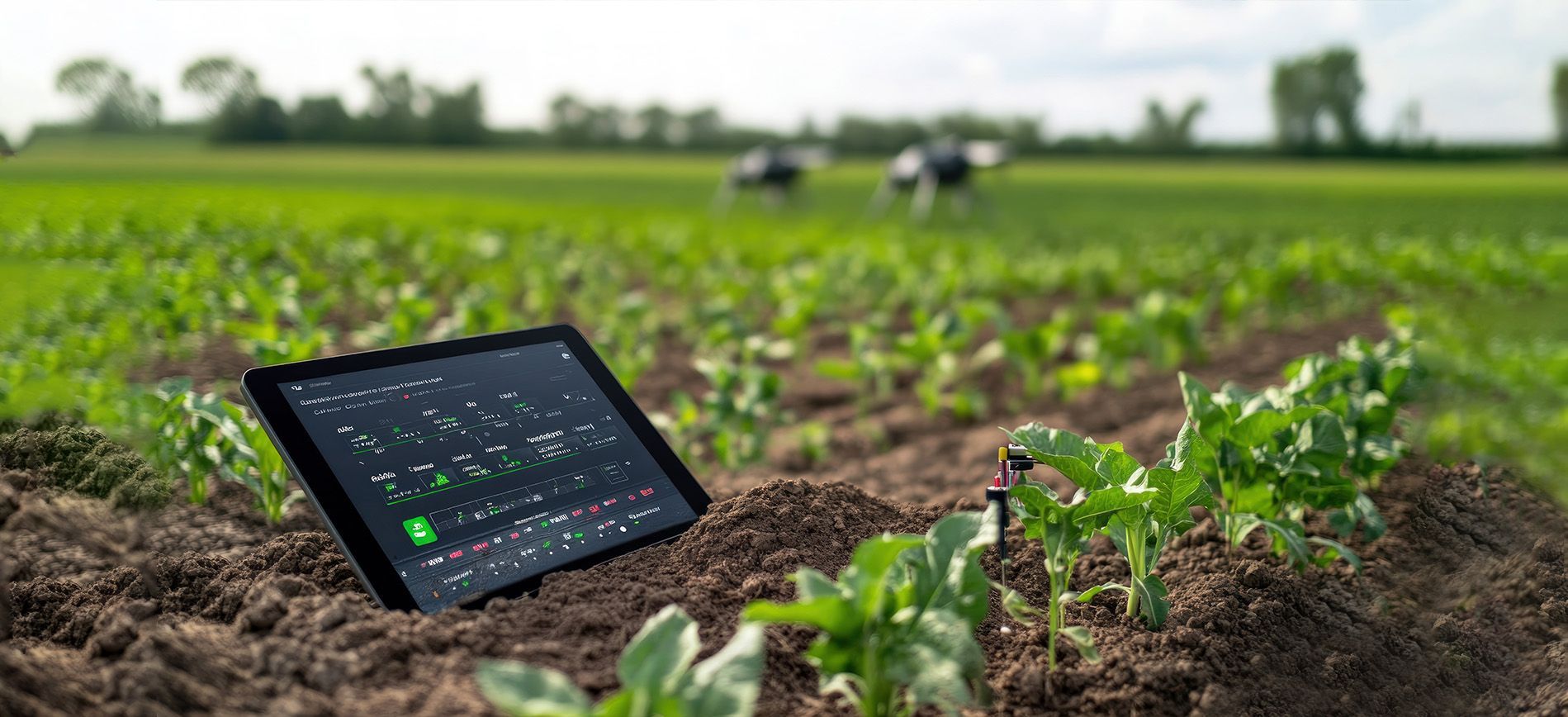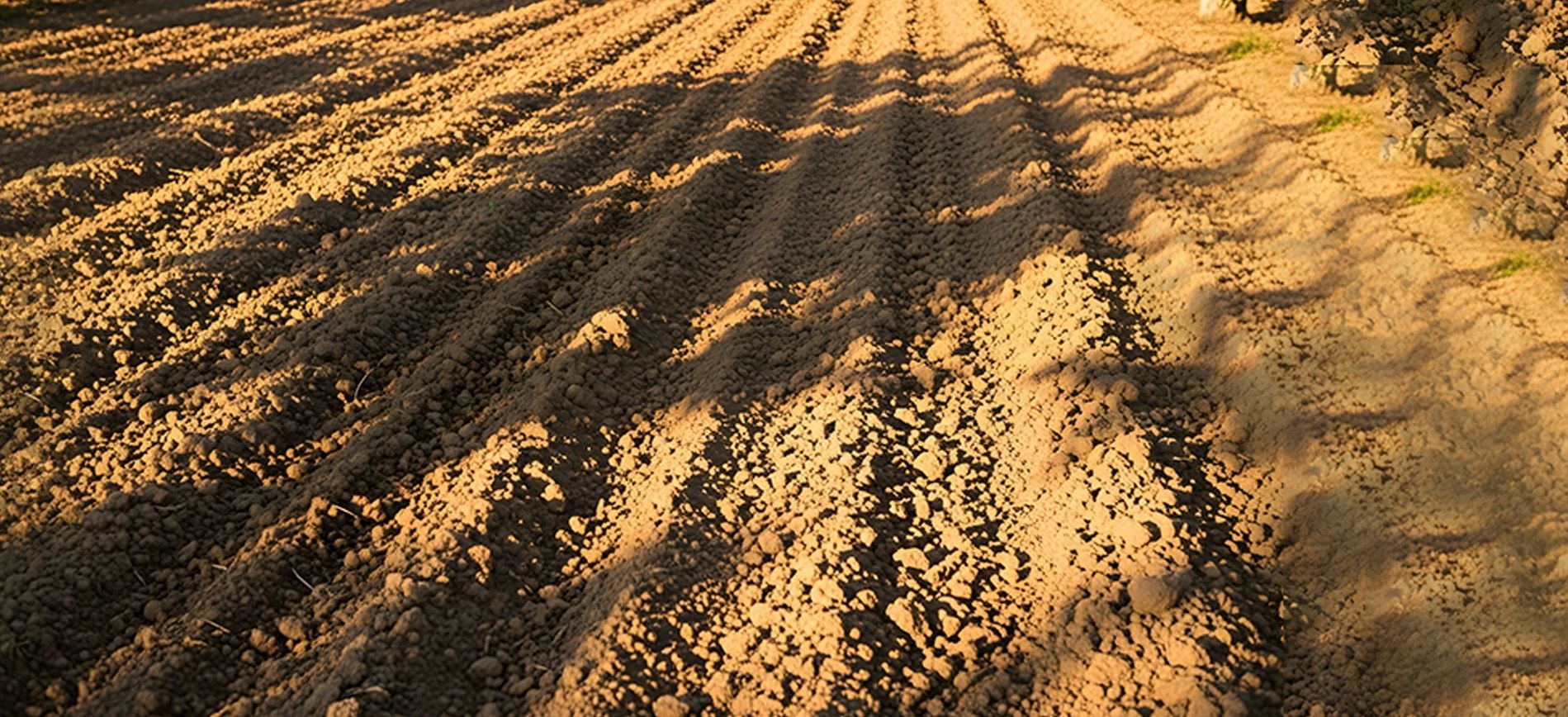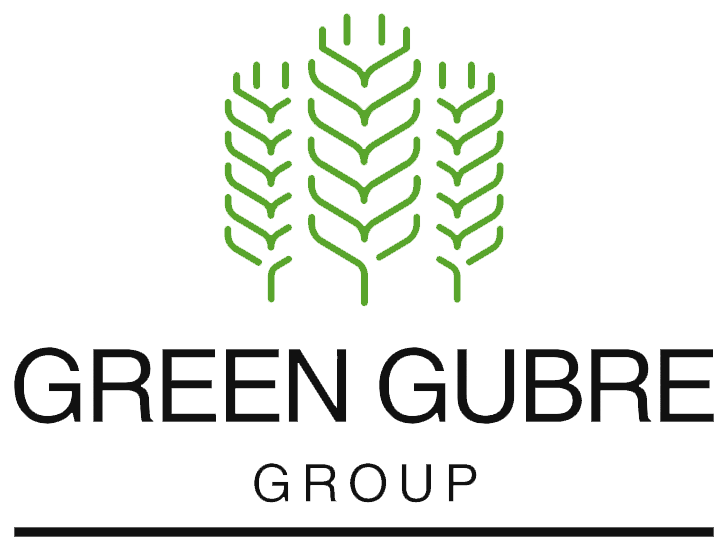India Fertilizer Market 2025 Outlook | Green Gubre Group
India’s Fertilizer Market in 2025 - Growth, Reforms & Opportunities

As a pivotal player in the global agricultural economy, India’s fertilizer sector ensures food security worldwide. With a population exceeding 1.4 billion and over 55% of the workforce engaged in agriculture, the country’s demand for fertilizers—especially urea, DAP, NPK, and emerging sustainable options—continuously evolves. In 2025, the Indian fertilizer industry is navigating through a period of transformation marked by policy reforms, sustainability mandates, and digital adoption.
This blog delves into the urgent need to address the state of India’s fertilizer market in 2025, its key challenges, government strategies, and the growing opportunities for global suppliers and agritech innovators. It's a call to action for all stakeholders to contribute to the industry's sustainable growth.
Fertilizer Demand Snapshot
India is the second-largest fertilizer consumer globally after China. The major fertilizers used include:
| Fertilizer | Demand Drivers |
|---|---|
| Urea (46% N) | Widely used in rice, wheat, and sugarcane cultivation |
| DAP (Diammonium Phosphate) | High demand for oilseeds and pulses |
| NPK Blends | Balanced nutrition for horticulture and cash crops |
| MOP (Muriate of Potash) | Used in fruits, vegetables, and plantation crops |
| Biofertilizers & Organic | Rising demand in organic farming clusters and exports |
In 2025, India’s total fertilizer consumption is expected to exceed 65 million metric tons, with imports playing a vital role, especially for urea, phosphates, and potash.
Government Policy Landscape in 2025
India’s fertilizer policies are being reshaped to reduce the subsidy burden and promote sustainable practices:
- Nutrient-Based Subsidy (NBS) Scheme: This scheme encourages balanced nutrient application for NPK fertilizers, with subsidies based on nutrient content rather than fixed product prices.
- Urea Subsidy Reforms: Gradual decontrol of urea pricing with direct benefit transfer (DBT) to farmers to reduce overuse and curb fiscal strain.
- Promotion of Nano-Urea & Biofertilizers: The Indian government supports IFFCO’s nano-urea as a low-volume, high-efficiency nitrogen option.
- Digital Soil Health Cards: These cards provide crop-specific nutrient recommendations based on the analysis of soil samples. They help farmers optimize their fertilizer application by promoting precision fertilizer use, reducing waste, and environmental impact.
- CBAM Awareness for Exporters: The Indian government is working with manufacturers to prepare for the Carbon Border Adjustment Mechanism (CBAM) regulations. These regulations, especially for urea and ammonia exports to the EU, will require exporters to account for their products' carbon footprints. This awareness is crucial for Indian exporters to remain competitive globally.
Key Market Challenges
a. Overuse of Urea
India’s heavy reliance on subsidized urea has led to nutrient imbalance, with N: P: K ratios as skewed as 8:3:1, harming long-term soil health.
b. Import Dependency
India imports over 30% of its urea, 70% of DAP, and 100% of potash. Global supply chain disruptions, freight volatility, and geopolitical tensions (e.g., Russia-Ukraine conflict) pose risks to availability and price stability.
c. Environmental Pressure
Excessive fertilizer use has led to nitrate pollution, greenhouse gas emissions, and soil degradation, prompting policy shifts toward climate-smart agriculture.
Market Opportunities for Global Suppliers
India presents lucrative opportunities in 2025 for suppliers and innovators who can align with the country’s strategic priorities:
a. CBAM-Compliant Fertilizers
India is actively preparing to export green ammonia and low-carbon urea. Suppliers offering verified low-emission products will gain access to EU-linked buyers and sustainability-conscious partners.
b. High-Grade NPK & Specialty Blends
Tailored blends for rice, cotton, sugarcane, pulses, and fruits (like banana, mango, and pomegranate) are in high demand, especially in high-productivity states like Punjab, Maharashtra, and Andhra Pradesh.
c. Bio-Based and Organic Fertilizers
India’s export-oriented organic farming sector (e.g., spices, basmati rice, tea) is growing and requires compliant and traceable organic and microbial fertilizers.
d. Nano and Liquid Fertilizers
Startups and multinationals are investing in nano-nutrient formulations that offer lower application volumes and greater efficiency.
e. Digital Agriculture Tools
Suppliers that combine fertilizer solutions with mobile apps, drone-based applications, or soil sensors will gain favor among government-backed innovative farming initiatives.
Regional Fertilizer Demand Hotspots
| State | Key Crops | Fertilizer Demand Trend |
|---|---|---|
| Punjab, Haryana | Wheat, rice | Shift toward nano-urea and regulated nitrogen use |
| Maharashtra | Cotton, sugarcane, fruits | Strong demand for NPK and water-soluble fertilizers |
| Andhra Pradesh, Telangana | Paddy, chili, turmeric | Biofertilizer and customized nutrient blends |
| Uttar Pradesh, Bihar | Rice, wheat, maize | High-volume bulk fertilizers (urea, DAP) |
| Karnataka, Tamil Nadu | Horticulture | Micronutrients, organic fertilizers |
Conclusion
India’s fertilizer market in 2025 will be dynamic and growing, and it will be fertile ground for innovation and transformation. As the government focuses on balanced nutrient management, carbon accountability, and digital transformation, global suppliers have a unique opportunity to partner in this transition. By offering high-quality, sustainable, customized solutions, businesses can thrive and contribute to the evolution of the world’s most exciting agricultural market.
At Green Gubre Group, we support India’s journey toward sustainable agriculture. Whether we supply green urea, precision NPK, or compliant export blends, we deliver with purpose and innovation.




